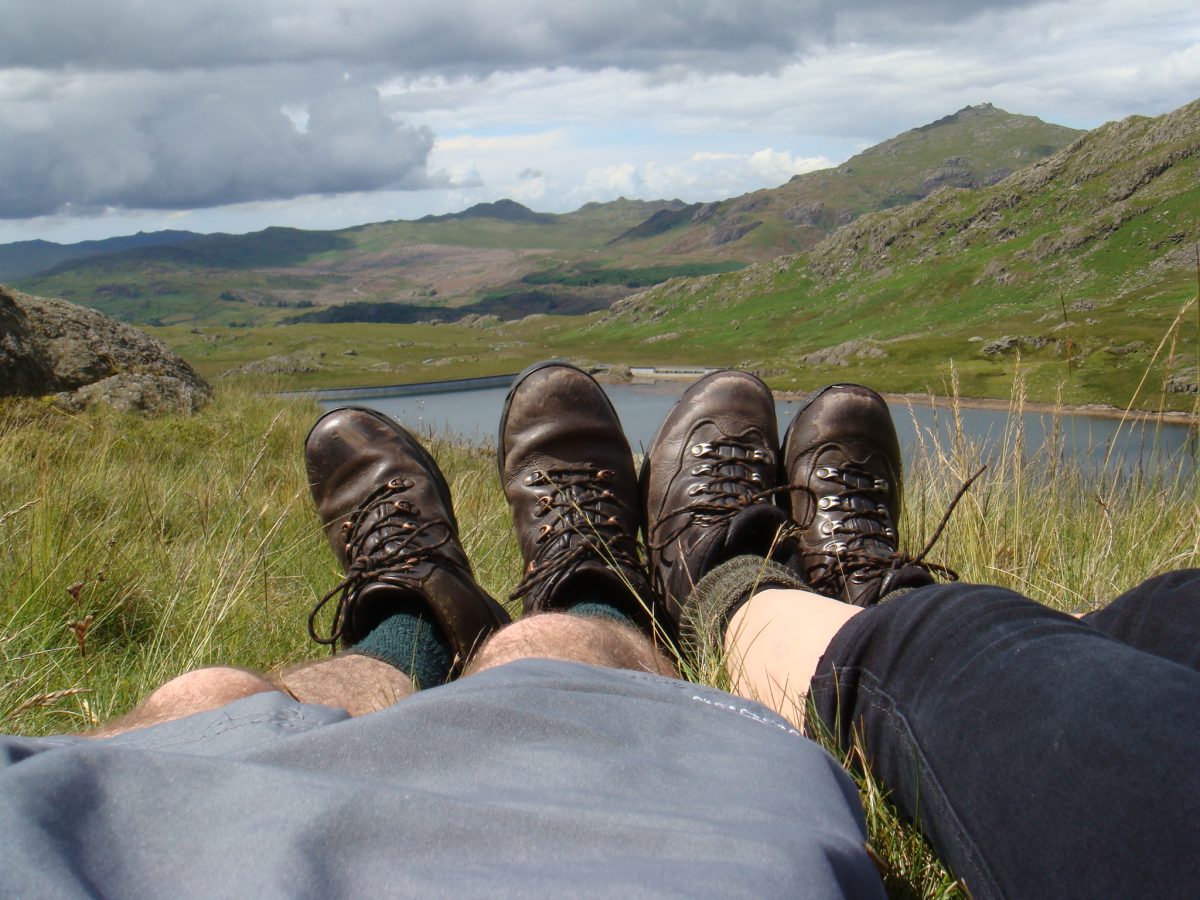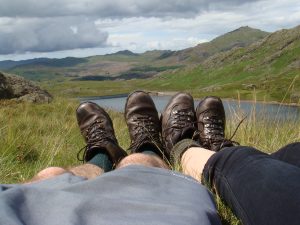 For an introduction to the STOP PRACTICES see Kit’s blog-STARTING TO STOP.
For an introduction to the STOP PRACTICES see Kit’s blog-STARTING TO STOP.
This is a practical reminder to stop and notice what’s happening around us at the time. It helps bring us into the moment and improves the quality of our attention.
To effect these stops, the practice uses the Red Dot method:
Put a dot on the palm of your hand with indelible ink. Whenever you notice the dot, pause for a few breaths.
The dot could be on either palm… try it both ways. Seeing one palm too frequently may not help the practice – it’s for you to decide.
The dot can be any colour; I use red because of its association with traffic lights.
The red dot is mostly used for short stops, whereas this practice is a good one when we have time for longer pauses.
The practice
When you notice the dot, if time allows, stop to pause for up to one minute. Sit down somewhere if this helps you feel more discreet.
Take your attention inwards.
Drop the shoulders. Relax the face and back of neck.
Let the out-breaths soften and the in-breaths deepen.
Move your attention outwards. Look directly ahead. Notice what you see.
After some moments, allow your head to turn and look around.
Allow your gaze to discreetly take in any people or animals who are about.
Observe their movements and their manner, without judgement and with compassion. If you can, do this without them noticing.
Do they seem comfortable and at ease with themselves? Do they seem skilful in how they stand, sit, lie or move around?
Now shift your attention to any wider landscape – inside or outside, urban or rural, natural or man-made, day or night.
Experience these surroundings as if for the very first time.
If you can see the sky, observe any drifting clouds.
Vary your field of vision, between close up and far away.
Take in the quality of colours, of light and dark, and then begin to notice sounds.
Move your head to receive individual sounds, both close up and far away.
Now, along with sight and sound, begin to take in smells.
Let all your senses collaborate in a heightened experience of time and place.
Feel the smallness of self amid the vastness of space.
Sense the shortness of these moments in the long long age of earth.
Allow yourself to marvel at our unique and ever-changing world.
And when you’re ready, resume action and move on.
OTHER RED DOT STOP PRACTICES
A red dot stop practice to improve present state of mind
A red dot stop practice to think of someone
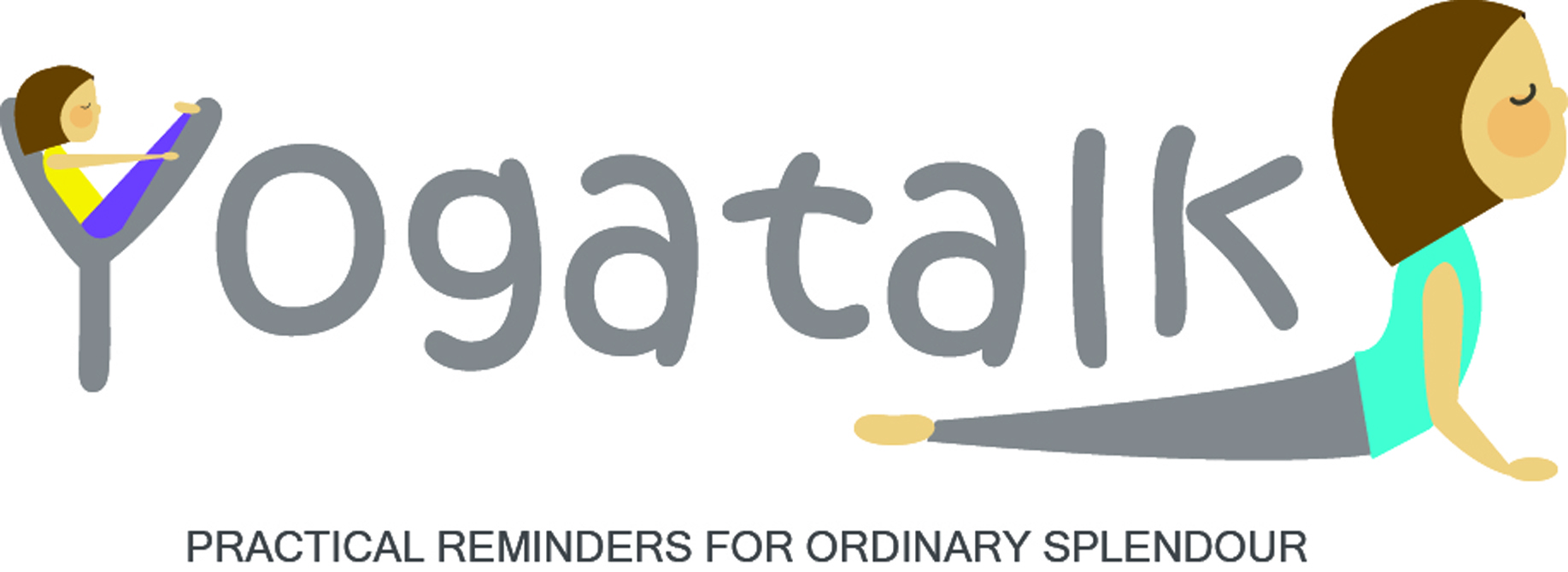
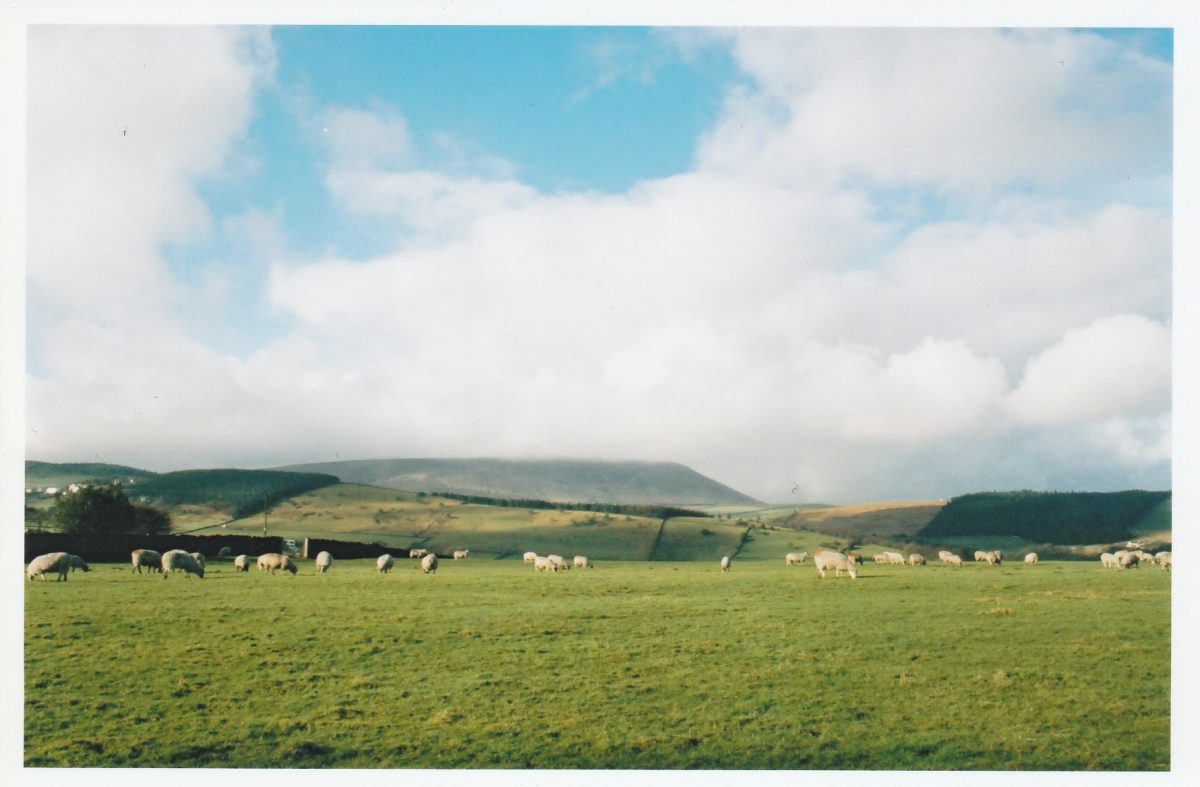

 For an introduction to STOP PRACTICES see Kit’s blog
For an introduction to STOP PRACTICES see Kit’s blog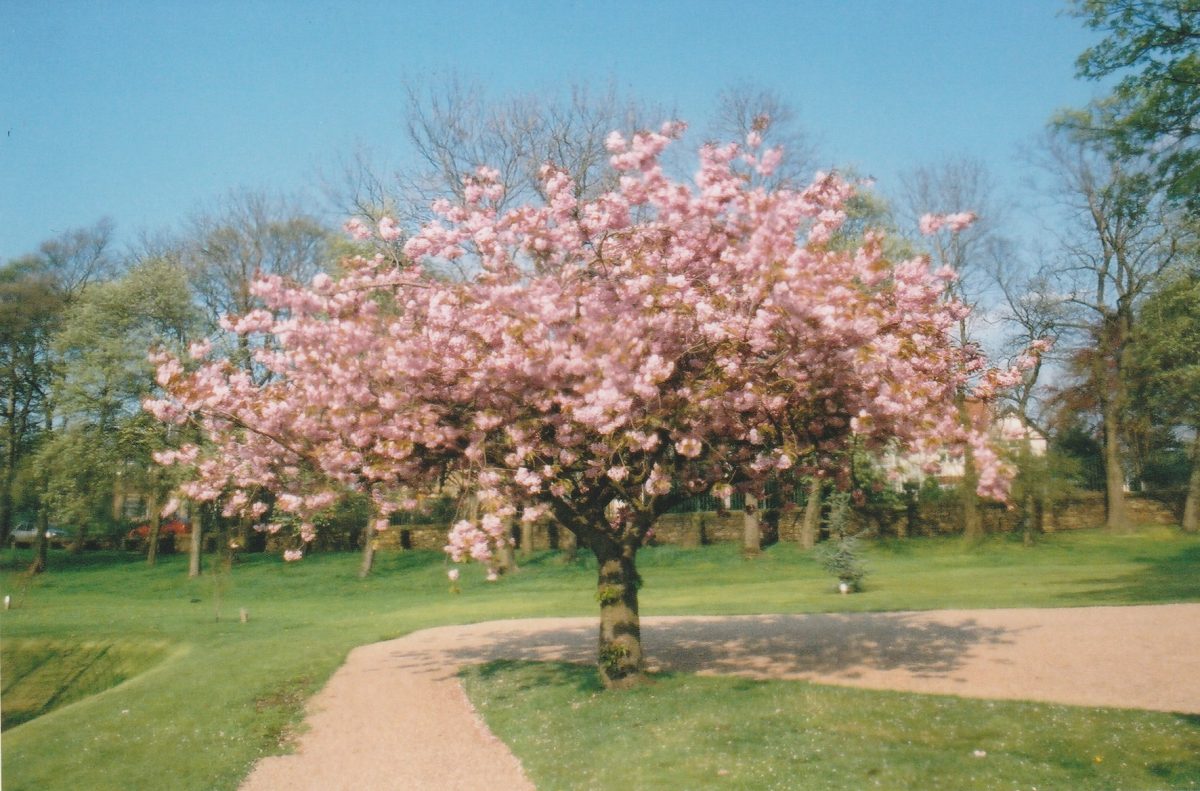
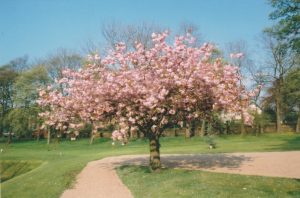 For an introduction to the STOP PRACTICES read Kit’s blog-
For an introduction to the STOP PRACTICES read Kit’s blog-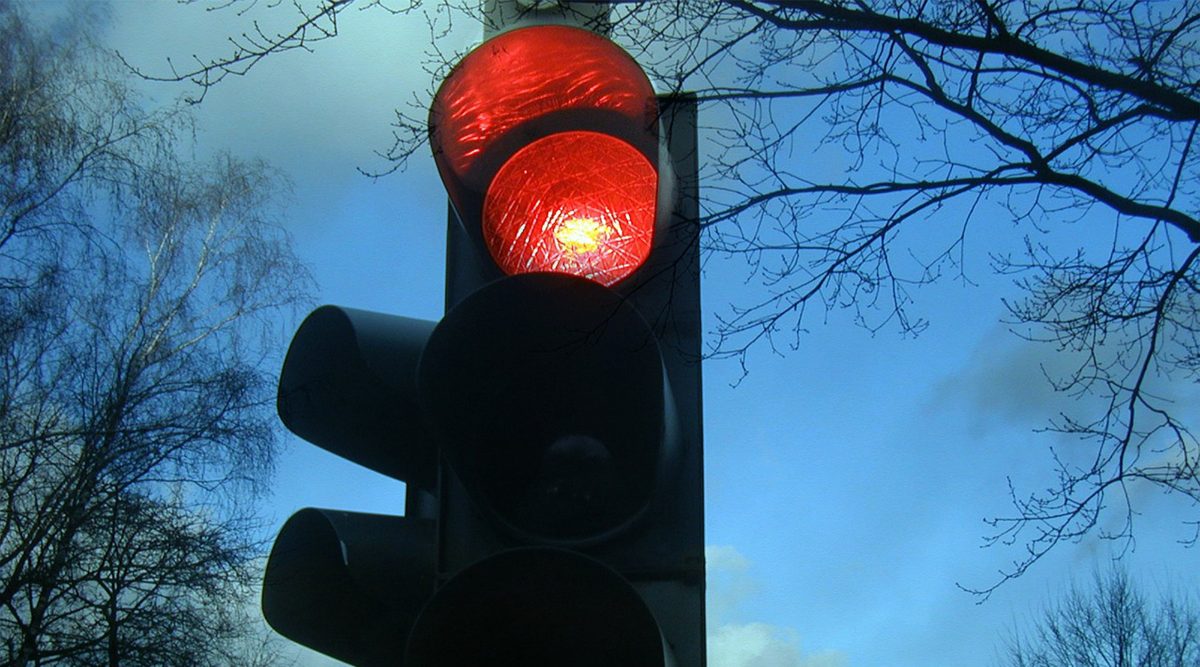
 Here are some personal musings on my ‘stop’ practices – how they came about, and how they still help to save me from my sometimes reckless self.
Here are some personal musings on my ‘stop’ practices – how they came about, and how they still help to save me from my sometimes reckless self.



